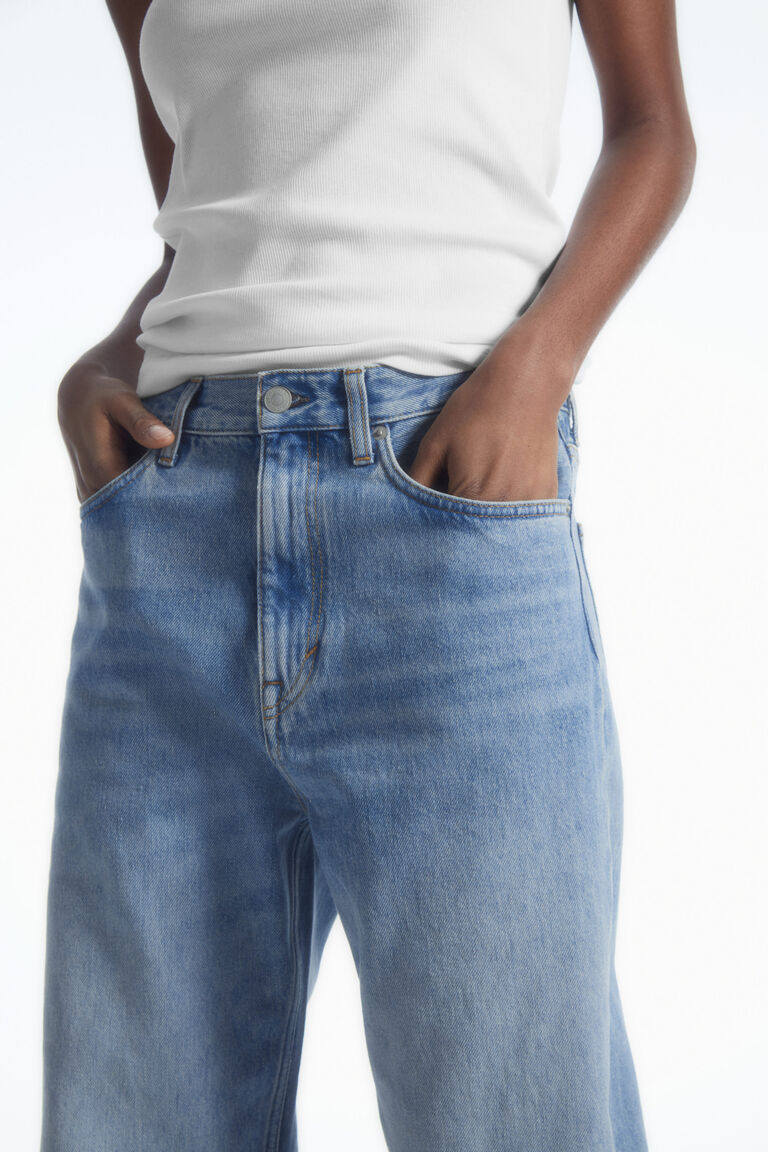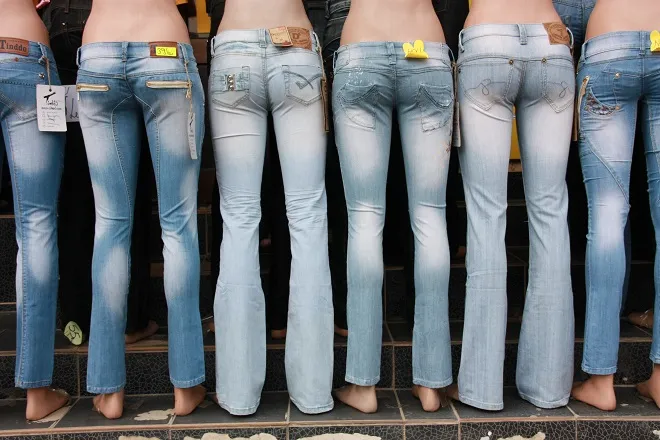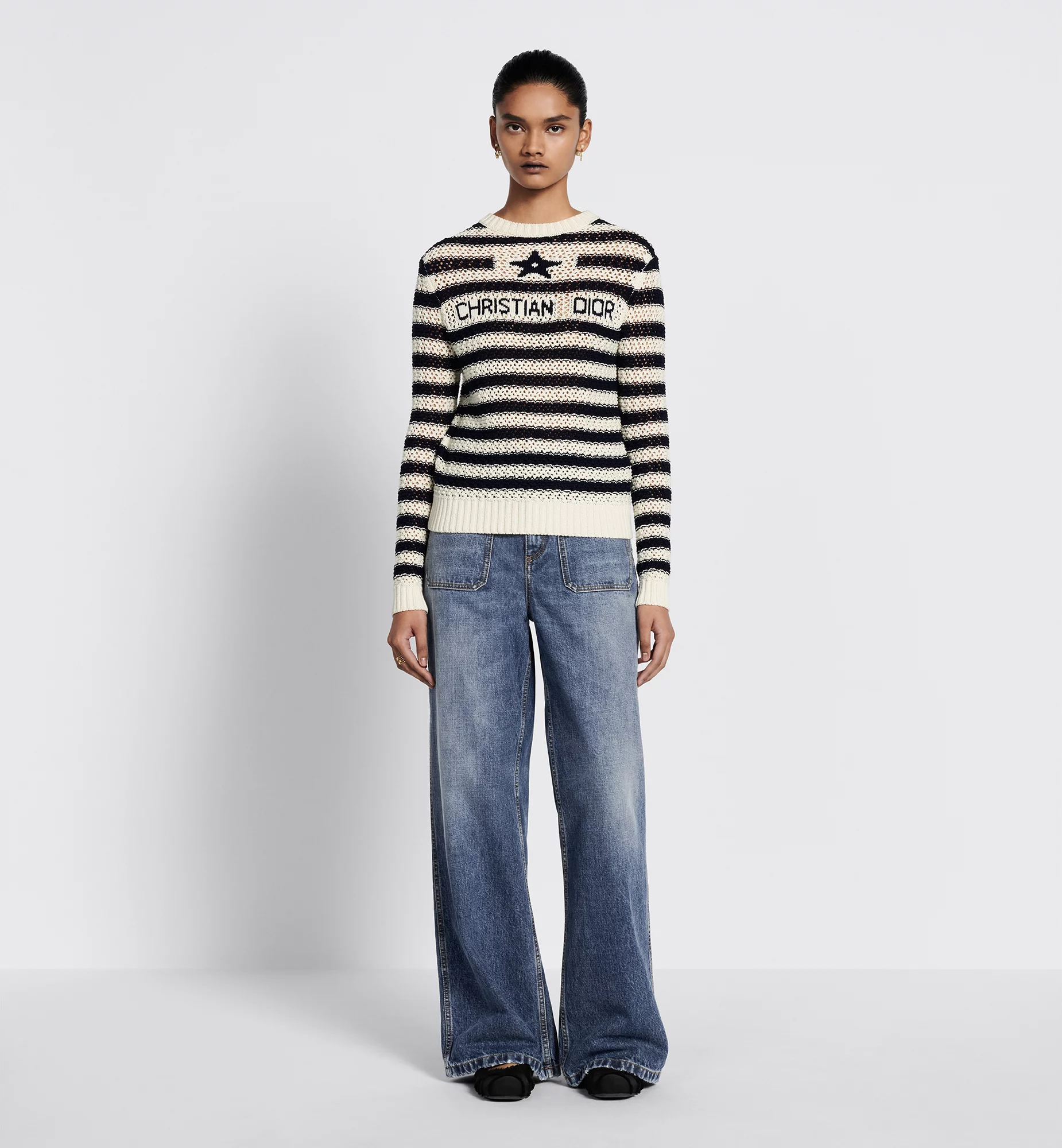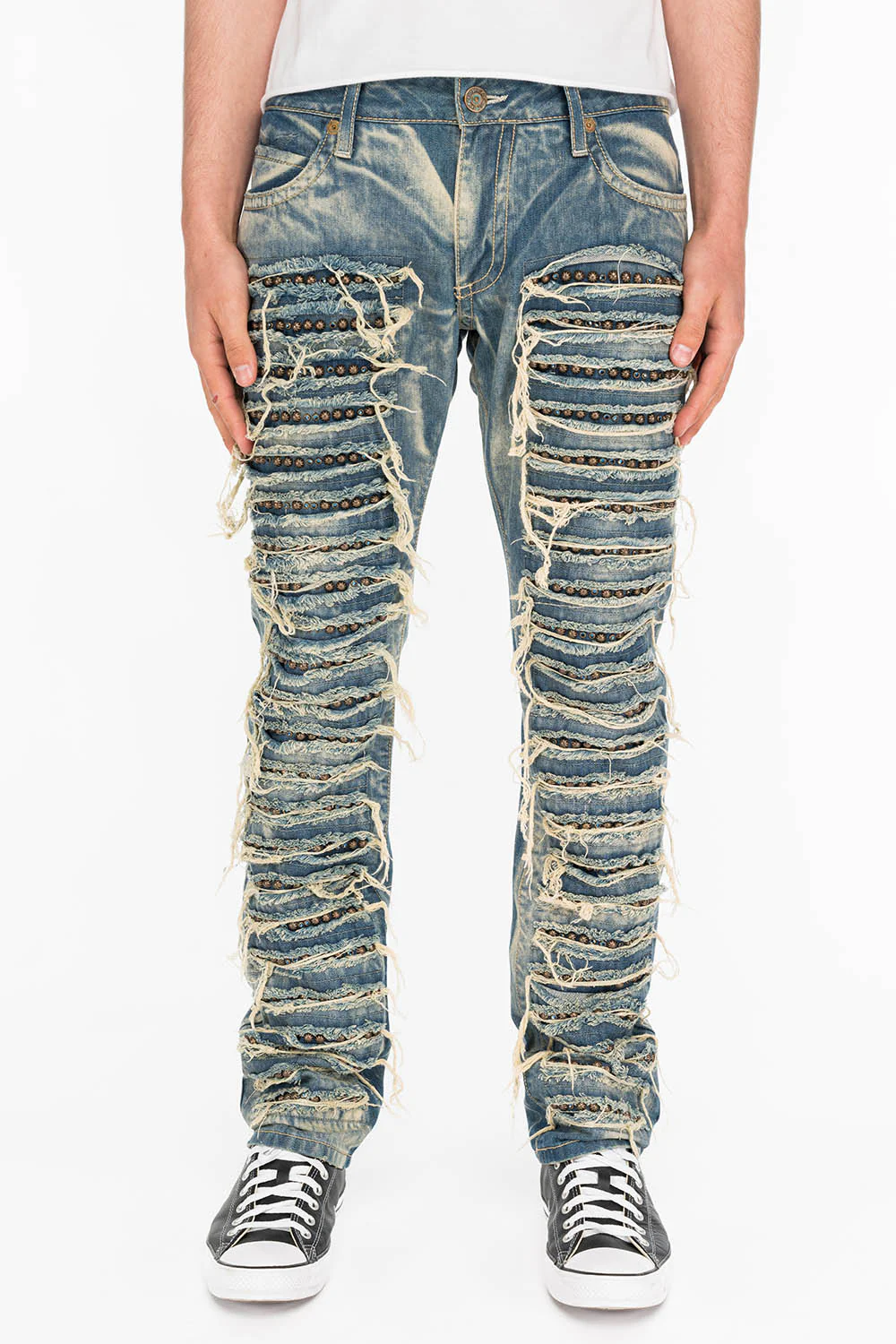10 Types of Denim Fabric Washing Techniques Explained

Estimated reading time: ~4 minutes
Introduction to Denim Washing Techniques
Denim washing techniques transform the iconic denim fabric, known for its durability and distinctive texture, into a variety of unique styles. These methods enhance the look and feel of denim, offering everything from soft, faded finishes to rugged, vintage aesthetics. By combining technical precision with creative artistry, denim washing techniques allow designers to craft personalized garments. This guide explores 10 common methods, their processes, and their effects, drawing from expert insights to inspire your next denim project.
1.Plain Wash (Normal Wash)
Plain wash is the simplest of denim washing techniques, involving washing denim with detergent at around 60°C for 15 minutes. This method removes surface dirt, softens the fabric, and prepares it for additional treatments. It’s categorized into light, normal, and heavy washes, each delivering varying levels of softness and texture, making it a versatile starting point for denim customization.

plain wash
2.Enzyme Wash
Enzyme wash uses enzymes to break down fibers at specific pH levels and temperatures, creating a gentle fading effect. Unlike harsher methods, it preserves the fabric’s softness without damaging fibers. Combining enzyme wash with stone wash, as noted in LYDenim’s weave guide, produces a soft, naturally faded appearance ideal for comfortable, worn-in looks.

Enzyme wash
3.Stone Wash
Stone wash involves adding pumice stones to the washing process, which rub against the denim to remove dye, resulting in a vintage look. This technique creates a faded, grayish tone, with distressing levels varying based on stone type (e.g., yellow, white, or synthetic). It’s a popular choice for achieving a classic, worn-in denim aesthetic.

Stone Wash
4.Bleaching Wash
Bleaching wash lightens denim using oxygen or chlorine bleach. Oxygen bleach yields a slightly reddish hue, while chlorine bleach provides intense fading, especially on indigo denim, for a rougher, faded finish. This method, detailed in LYDenim’s fabric guide, is ideal for bold, high-contrast styles.

Bleaching Wash
5.Snow Wash
Snow wash uses pumice stones soaked in potassium permanganate to create a snowflake-like fading effect. The result is an irregular, textured appearance that adds visual interest to denim fabrics, making it a standout among denim washing techniques for unique, artistic designs.

Snow Wash
6.Hand Brush
Hand brushing is a manual technique where denim is brushed to create varied fading levels. It can be combined with methods like sandblasting or monkey wash for a natural look, as described in LEVI denim care guide. This approach offers a personalized, artisanal fade.

Hand Brush
7.Sand Wash
Sand wash employs alkaline and oxidizing agents to produce a worn-in, faded appearance. When paired with stone tumbling, it creates a soft, frosty finish, enhancing comfort and giving denim a vintage feel. This method balances texture and wearability for casual styles.

Sand Wash
8.Monkey Wash
Monkey wash involves spraying potassium permanganate onto denim with a spray gun, resulting in uniform fading with streaks or whiskers. Unlike sandblasting, it offers more control and consistency, making it a precise choice for achieving subtle, stylish fades.

Monkey Wash
9.Cat’s Whiskers
Cat’s whiskers are fine, faded lines resembling a cat’s whiskers, typically created by hand brushing or special molds. The three types—regular, 3D, and hand-pleated—offer varying dimensionality, with 3D whiskers achieved through heat pressing or sewing, adding depth to denim designs.

Cat’s Whiskers
10.Destroy Wash
Destroy wash uses pumice stones and chemical treatments to create distressing in specific areas. Techniques like edge grinding, tearing, and fraying yarns enhance the rugged, vintage appearance, making it ideal for bold, distressed denim looks that stand out.

Destroy Wash
Conclusion
Denim washing techniques blend technical precision with creativity, transforming plain denim fabric into unique styles with diverse textures and finishes. From the soft fading of enzyme wash to the rugged appeal of destroy wash, these methods offer endless possibilities for customization. Whether you’re aiming for casual comfort or high-fashion designs, understanding these techniques ensures your denim stands out. Explore more denim insights at Denim Care Tips or Textile Design Guide.
Customization Services by LYDENIM
🎨 Want unique denim washing techniques for your fabrics or apparel? LYDENIM specializes in tailor-made solutions to meet your design and production needs.
🛍️ Explore & Get Inspired: Browse our fabric selections and discover design ideas on LYDenim.
🌐 Elastic Clothing: Check out our offerings on MyAlibaba. 📩 Contact Us: Reach out at malone@lydenim.com.
Create your denim masterpiece with LYDENIM—your trusted partner for stretch fabric and custom denim solutions.
